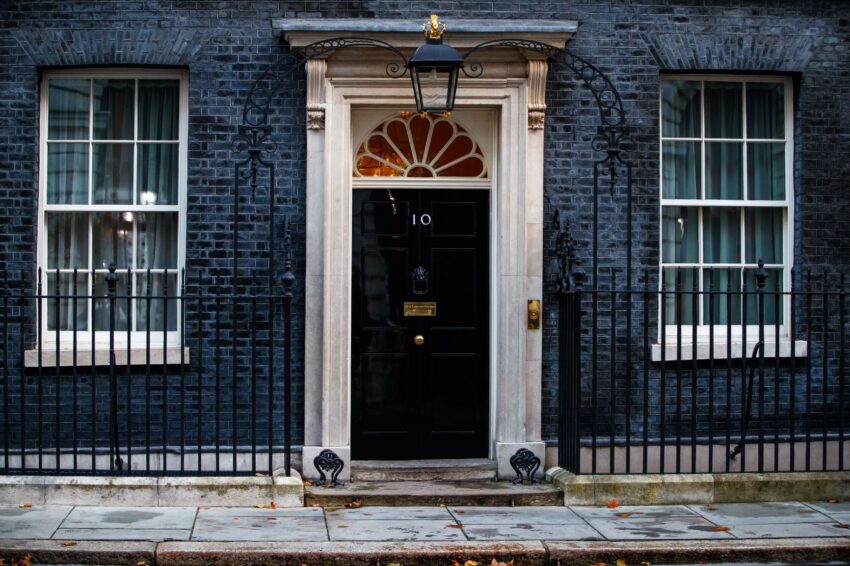AG INSIGHT | 18/12/2017
Clean Growth – in it for the long term?

Julia Barrett, Director at Willmott Dixon Re-Thinking Limited, reviews the recently released Clean Growth Strategy and what it means for the construction industry.
In 2016, when the Government subsumed the Department for Energy and Climate Change into the Department for Business, Innovation and Skills, I, like many, feared it represented a set-back for the UK’s climate change efforts. The publication of BEIS’s new Clean Growth Strategy has gone some way to allaying those fears. The Strategy brings together a range of measures, demonstrating clear, cross-governmental commitment to decoupling economic growth from environmental impact. It’s thorough, it covers the right areas, and, most importantly, it signals the Government’s desire to maintain a leadership role when it comes to the environment.
I don’t underestimate the task: integrating and aligning the aims and objectives of different, central government departments is not for the faint-hearted. That said, I can’t help wishing they had gone further; providing more detail, giving more assurances – and been a lot more ambitious.
For example, I applaud its ambition to improve homes energy efficiency. But the Strategy’s approach feels like a missed opportunity, since it focusses on Energy Performance Certificates. EPCs are theoretical predictions which can bear little resemblance to a building’s actual in-use energy performance – it’s a well-known issue – the Co-Leader of the Green party, Caroline Lucas, recently described this ‘performance gap’ as the construction industry’s very own VW emissions scandal. Instead I would have liked to have seen the Strategy demonstrate a commitment to Display Energy Certificates which, by certifying a building’s in-use performance, provide a much more transparent assessment – some of us in the construction sector are already working together, through the new Building Performance Network to enable us to compare our work and drive better performance.
I support the move towards simplifying requirements for companies to measure and report on energy use. But BEIS should look again through the current Streamlined Energy and Carbon Reporting Consultation at whether there is an unintended consequence for businesses which install half hourly meters (being required to increase reporting simply because of using them could be a disincentive to responsible energy management). And it’s important that Government takes a leadership role by implementing a more joined-up approach when it comes to energy efficiency. It’s great that their new Industrial Strategy cites whole life costing as a key way of improving efficiency in public buildings and infrastructure. But the way that public sector funding streams are currently organised can lead to inefficiency. For example, as a construction company, we want to build schools which are as energy efficient as possible – and we encourage our customers to invest up front say in better insulation, renewables, more efficient heating systems to keep future energy costs down and save money in the long run. But we make little headway. That’s because those who manage the capital costs are not responsible for the ongoing running costs, so there is no incentive for them to invest in better energy performance – a lost opportunity to make savings through energy efficiency for what is in effect the “tax-payer pound”.
With an estimated 80% of the buildings around today likely to be around in 2050, it’s important that we don’t just focus on the energy efficiency of new builds, but that we create the right market conditions to encourage a thriving retrofit sector. Doing this would not only improve the energy efficiency of our aging housing stock, and help some of the very poorest in our society, but would also benefit our economy: modelling by Cambridge Econometrics found that treating energy efficiency as a national infrastructure programme could deliver economic benefits comparable to HS2 and Crossrail. So it was disappointing not to have seen a commitment to such an approach in the Strategy, especially since Building Energy Efficiency was highlighted as found to be a priority in the National Infrastructure Commission’s recent Infrastructure Assessment consultation.
I was pleased to see a strong section on Waste in the Strategy, but I would urge some proportionality. The vast majority of this section focussed on municipal waste – and whilst it’s true that the UK has a good-news story to tell here, with recycling rates on the increase. However, municipal was comprises just 14% of all UK waste. There was little in the section on construction, demolition and excavation waste – which makes up over half of the country’s waste. And it would have been good to have seen a nod to the circular economy, perhaps with a proposal to consider developing financial instruments which recognises the value of buildings as materials warehouses.
And finally, I have a couple of notes of caution. While we undoubtedly have much to be proud of, in regard to our national commitment to reducing carbon emissions and the role we play on the international stage, let’s not be complacent. We may have reduced our emissions faster than any other G7 nation, but I can’t help wondering how much of these we have offshored – by outsourcing much of our manufacturing to places like India and China – and whether we will meet the next targets quite so easily.
My final concern comes in the form of a plea. When the Energy Company Obligation Scheme launched in 2013, companies like ours geared up to deliver. We invested time, money and resources to meet the demand for low carbon retrofit. The scrapping of the scheme just two years later was a big blow for our Energy Services business.
Responsible companies like ours want to play a part in making the country a healthier, wealthier and happier place to live. But U-turns like this make us much more reluctant to invest in future. Changing the goal-posts every couple of years rewards those who are slow to do the right thing. The success of the Clean Growth Strategy depends on companies to take up the mantel, organise, and innovate – for the long term. And we will do this if we believe that the Government – whoever is in power – is in it for the long-term.
Julia Barrett is Director at Willmott Dixon Re-Thinking Limited



